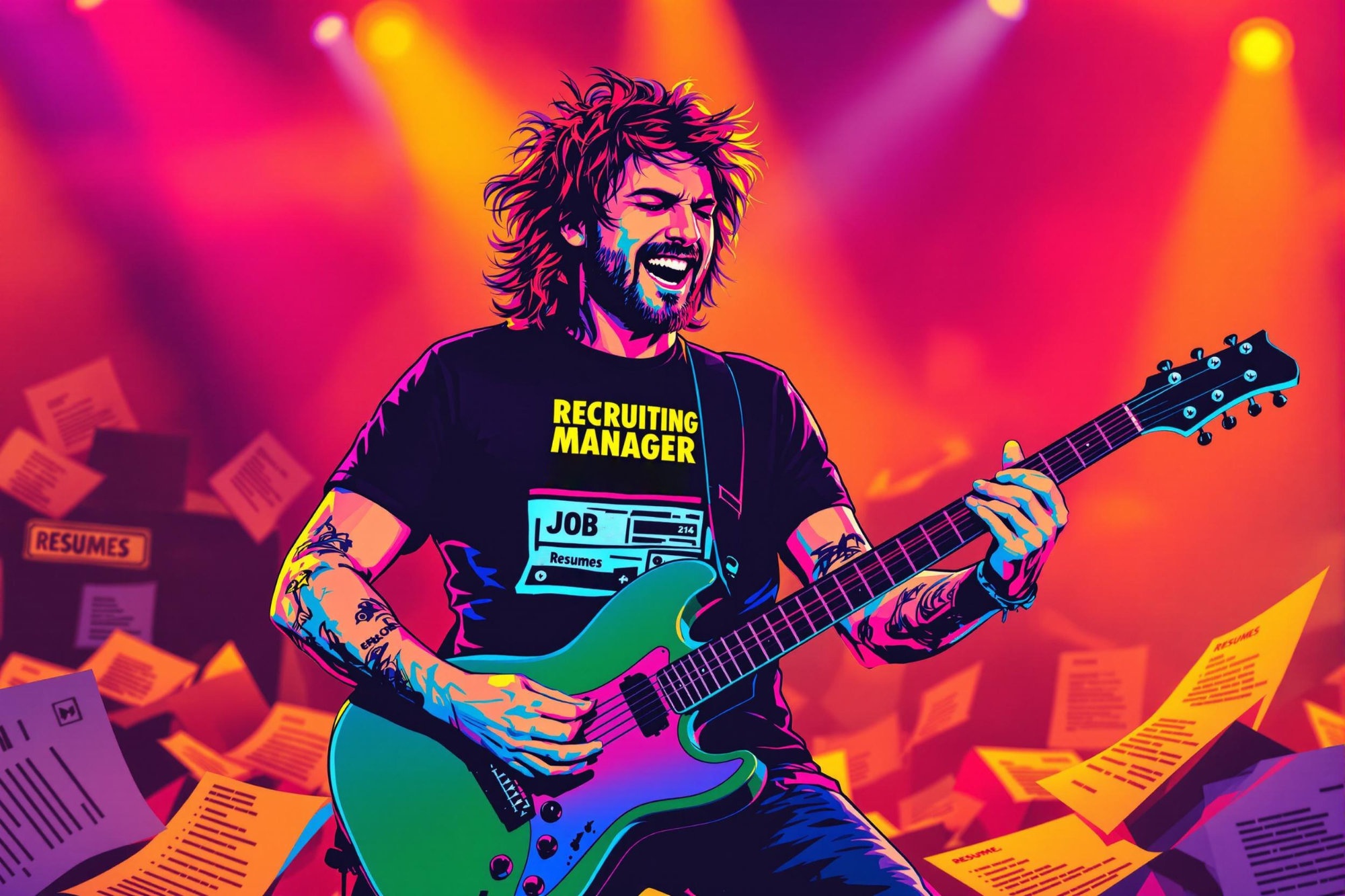
Dance Captain
A Dance Captain is a leadership role in dance productions, theater shows, and entertainment venues. They work alongside choreographers and directors to maintain the quality and consistency of dance performances. Think of them as a team leader who knows all the dance routines by heart and helps other dancers learn and perfect them. They're like a combination of a supervisor and a teacher, making sure everyone moves together correctly and the show maintains its intended artistic vision. Similar roles might be called Performance Captain, Assistant Choreographer, or Dance Coordinator.
Examples in Resumes
Served as Dance Captain for national touring production of 'Chicago', leading daily warm-ups and maintaining choreography for a cast of 24
Promoted to Dance Captain at Disney World, responsible for teaching new cast members and maintaining show quality
Dance Captain and performer for Royal Caribbean Cruise Lines, conducting weekly rehearsals and show maintenance
Typical job title: "Dance Captains"
Also try searching for:
Where to Find Dance Captains
Professional Organizations
Job Boards
Networking Resources
Example Interview Questions
Senior Level Questions
Q: How would you handle a situation where the choreography needs to be modified due to a performer's injury?
Expected Answer: Should demonstrate leadership skills, problem-solving abilities, and knowledge of safe dance practices. Should discuss consultation with choreographer, working with the injured performer, and teaching modifications to the rest of the cast.
Q: How do you maintain show quality across multiple casts?
Expected Answer: Should explain systems for tracking different casts, conducting regular rehearsals, giving notes, and maintaining consistency while allowing for individual artistic expression.
Mid Level Questions
Q: How do you teach complex choreography to new cast members?
Expected Answer: Should explain teaching methods, breaking down movements, use of counts and music, and techniques for helping dancers remember sequences.
Q: What's your process for giving performance notes to dancers?
Expected Answer: Should discuss communication methods, timing of feedback, documentation, and how to deliver constructive criticism professionally.
Junior Level Questions
Q: What experience do you have with different dance styles?
Expected Answer: Should demonstrate broad knowledge of dance styles including ballet, jazz, contemporary, and musical theater, with performance experience in multiple styles.
Q: How do you prepare for daily company warm-ups?
Expected Answer: Should explain planning appropriate exercises, considering different body types and abilities, and maintaining proper technique.
Experience Level Indicators
Junior (0-2 years)
- Strong dance technique in multiple styles
- Basic leadership experience
- Ability to learn and remember choreography quickly
- Good communication skills
Mid (2-5 years)
- Experience teaching choreography to groups
- Show maintenance abilities
- Understanding of injury prevention
- Strong rehearsal management skills
Senior (5+ years)
- Advanced leadership and conflict resolution
- Experience with multiple productions
- Ability to work with choreographers and directors
- Emergency modification and problem-solving expertise
Red Flags to Watch For
- Limited knowledge of different dance styles
- Poor communication or leadership skills
- Lack of experience performing in professional productions
- No understanding of proper warm-up techniques or injury prevention
Related Terms
Need more hiring wisdom? Check these out...

When Job Ads Dance: Why Your Next Hire Might Come From a 20-Second TikTok

Unlocking Team Potential: Personality Mapping for Dynamic Management

The Art of Selecting Great People: A Leader's Most Critical Skill

